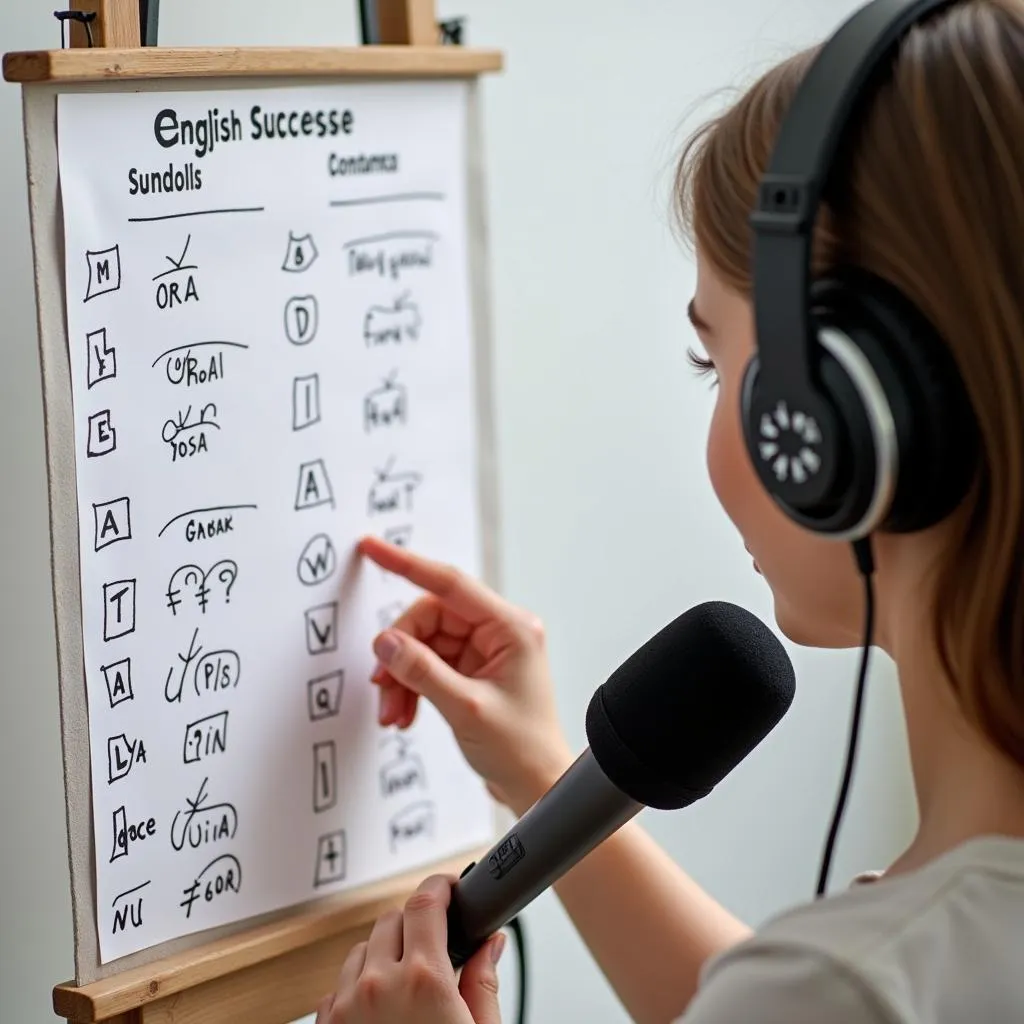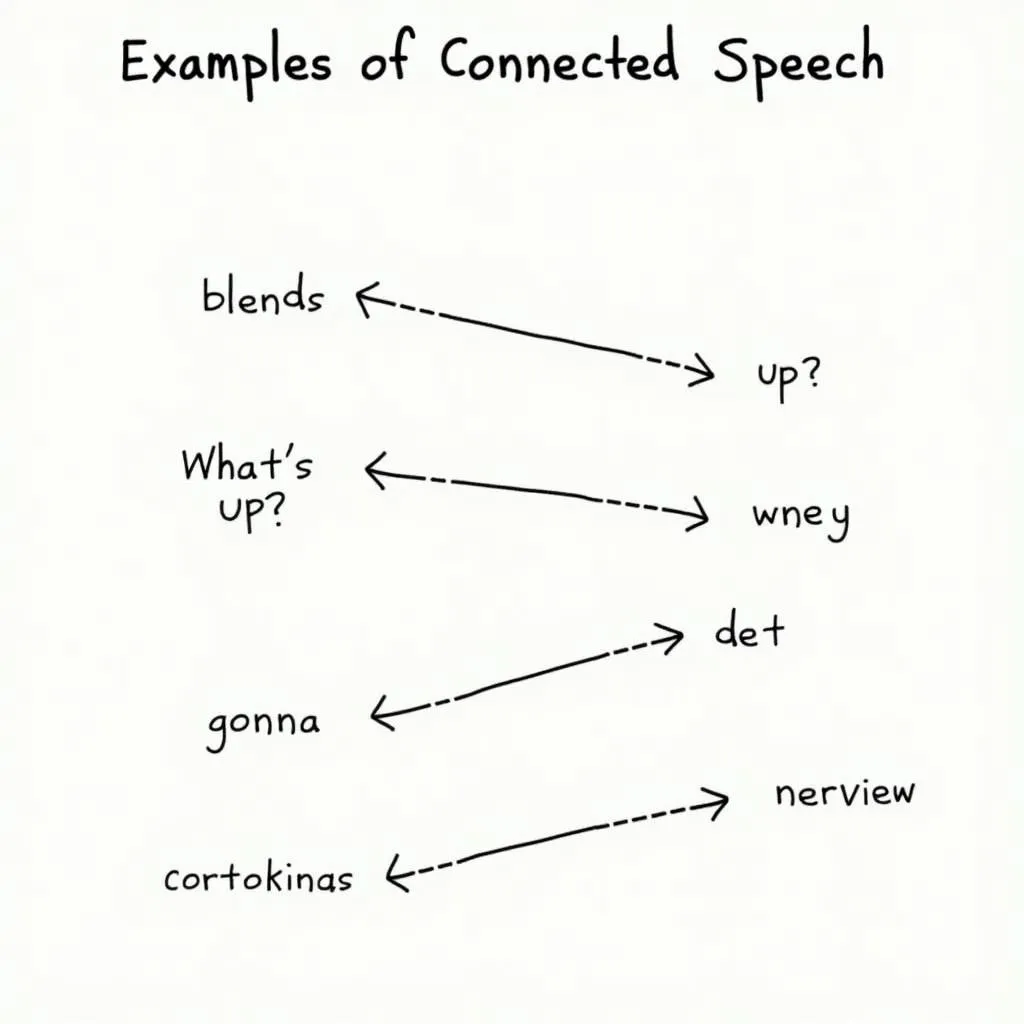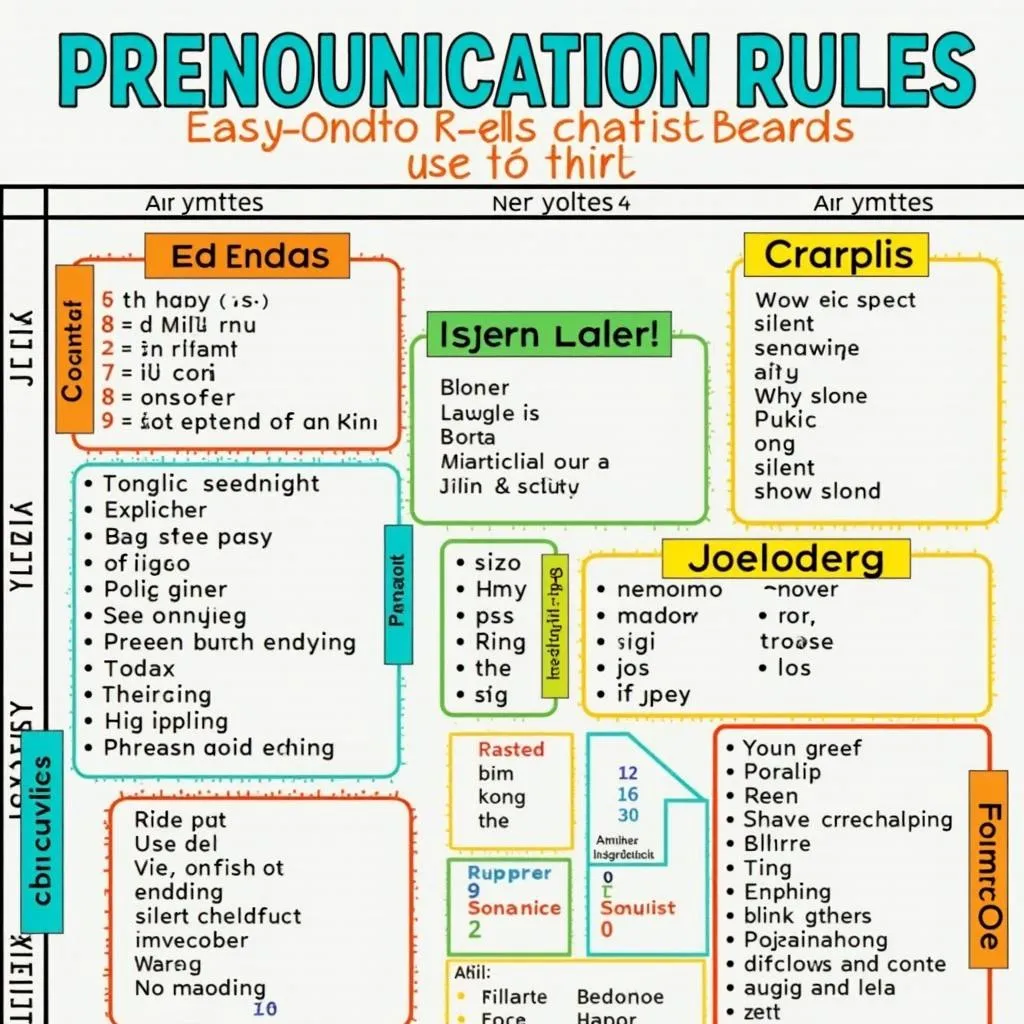Are you struggling with the pronunciation section of the PTE exam? As a non-native English speaker, mastering pronunciation can be challenging. But fear not! This comprehensive guide will provide you with valuable PTE exam tips for non-native speakers to help you improve your pronunciation skills and boost your score.
Understanding the Importance of Pronunciation in PTE
Before diving into the tips, it’s crucial to understand why pronunciation matters in the PTE exam. The Speaking section accounts for a significant portion of your overall score, and pronunciation plays a vital role in this section. Clear and accurate pronunciation not only improves your speaking score but also enhances your performance in other sections like Read Aloud and Repeat Sentence.
Dr. Emma Thompson, a renowned PTE expert, emphasizes, “Pronunciation is the foundation of effective communication in English. Mastering it can significantly impact your PTE score and overall language proficiency.”
Top 10 PTE Pronunciation Tips for Non-Native Speakers
1. Focus on Individual Sounds
Start by mastering individual sounds in English, particularly those that don’t exist in your native language.
- Practice vowel and consonant sounds regularly
- Pay attention to minimal pairs (e.g., ship/sheep, bed/bad)
- Use online resources and pronunciation dictionaries
 PTE pronunciation practice focusing on individual sounds
PTE pronunciation practice focusing on individual sounds
2. Master Word Stress
Correct word stress is crucial for clear pronunciation and understanding.
- Identify the stressed syllable in multi-syllable words
- Practice emphasizing the correct syllable
- Use stress marks when learning new vocabulary
3. Improve Your Intonation
Intonation affects the meaning and mood of your speech.
- Practice rising and falling intonation patterns
- Use appropriate intonation for questions and statements
- Listen to native speakers and mimic their intonation
4. Use Linking and Connected Speech
Natural English speech often involves connecting words smoothly.
- Practice linking words that end and begin with vowels
- Learn common contractions (e.g., “don’t,” “I’m”)
- Focus on reducing function words in sentences
 Illustration of connected speech in English pronunciation
Illustration of connected speech in English pronunciation
5. Record and Listen to Yourself
Self-assessment is a powerful tool for improvement.
- Record yourself reading PTE practice materials
- Compare your pronunciation with native speaker recordings
- Identify areas for improvement and focus on them
Dr. Thompson advises, “Regular self-recording and analysis can help you identify and correct pronunciation errors that you might not notice while speaking.”
6. Use Shadowing Technique
Shadowing involves listening to and immediately repeating what you hear.
- Choose a short audio clip from a native speaker
- Listen to the clip carefully
- Repeat the words simultaneously with the speaker
- Focus on matching the speaker’s rhythm and intonation
7. Practice with Tongue Twisters
Tongue twisters can help improve your articulation and fluency.
- Start with simple tongue twisters and gradually increase difficulty
- Focus on accuracy first, then speed
- Practice problematic sounds specific to your language background
8. Utilize PTE-Specific Pronunciation Resources
Take advantage of resources designed specifically for PTE preparation.
- Use PTE pronunciation guides and practice materials
- Participate in online PTE pronunciation workshops
- Consider how to get feedback on PTE speaking from experts or language exchange partners
9. Learn and Apply Pronunciation Rules
Understanding English pronunciation rules can help you predict how words should be pronounced.
- Study common pronunciation patterns (e.g., -ed endings, silent letters)
- Learn the International Phonetic Alphabet (IPA) for reference
- Apply rules to new vocabulary as you encounter it
 English pronunciation rules chart
English pronunciation rules chart
10. Immerse Yourself in English
Consistent exposure to English can significantly improve your pronunciation.
- Watch English movies and TV shows with subtitles
- Listen to English podcasts and audiobooks
- Practice listening to fast speech for PTE to improve your comprehension and pronunciation
Putting It All Together: A Holistic Approach to PTE Pronunciation
Improving your pronunciation for the PTE exam requires a combination of targeted practice and overall English immersion. By incorporating these tips into your study routine and consistently exposing yourself to native English speech, you’ll see significant improvements in your pronunciation skills.
Remember, pronunciation is just one aspect of the PTE exam. To fully prepare, familiarize yourself with the PTE exam format overview and breakdown to ensure you’re ready for all sections of the test.
Dr. Thompson concludes, “Consistency is key when working on pronunciation. Set aside dedicated time each day to practice, and you’ll see remarkable progress in your PTE performance.”
Frequently Asked Questions
How long does it take to improve PTE pronunciation?
Improvement time varies, but with consistent practice, most test-takers see noticeable progress within 4-6 weeks.
Can I improve my pronunciation without a tutor?
Yes, self-study can be effective. However, occasional feedback from a native speaker or tutor can accelerate your progress.
What’s the best way to practice PTE pronunciation at home?
Combine self-recording, shadowing techniques, and regular exposure to native English content for optimal at-home practice.
How important is accent reduction for the PTE exam?
While a neutral accent can help, clarity and intelligibility are more important than completely eliminating your accent.
Are there any mobile apps specifically for PTE pronunciation practice?
Yes, several apps focus on PTE pronunciation. Look for those with speech recognition technology for real-time feedback.
By implementing these PTE Pronunciation Tips For Non-native Speakers, you’ll be well on your way to improving your speaking skills and boosting your PTE score. Remember, consistent practice and a positive attitude are key to your success. Good luck with your PTE preparation!